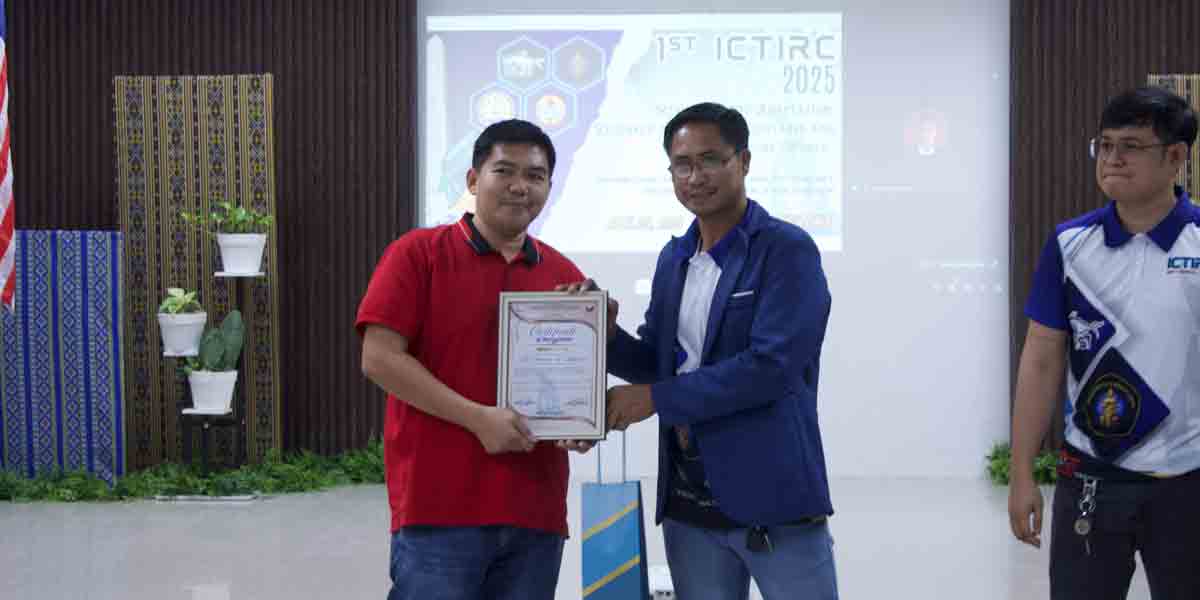 By: Jigger S. Latoza
By: Jigger S. Latoza
In an international conference of engineers, urban planners and architects held in Tokyo a few years ago, a Japanese presenter gave a talk on reconstructing basic public infrastructure after a tsunami or earthquake. He said that, on average, the Japanese would be able to restore bridges and roads in two to three weeks after a major natural disaster.
During the open forum, a Filipino stood up in apparent disbelief, and clarified if the Japanese really meant weeks and not months or years because in the Philippines, he said, this kind of work would usually take years to accomplish. The Japanese replied, With all due respect, sir, this is Japan, not the Philippines. We make plans happen here, on schedule.
I call to mind this anecdote as I prepare to facilitate another strategic planning session this month. Indeed, it has been said that Filipinos, in general, are very good if not excellent in crafting plans. We have a way with English words, other Asian nationals describe us. And thats quite a truthful characterization. If there is a Pulitzer prize for best-written plans, Filipinos would easily and frequently grab the gold, I think.
We have no problem with producing well-prepared strategic plans. The challenge, it seems, is in strategy execution. This issue is faced by organizations both in the public and private sectors, and even in the non-profits. This sometimes yawning gap between strategy and execution needs to be bridged if organizations are to realize their vision, accomplish their mission, reach their goals, and hit their targets. Otherwise, all those finely written strategic plans are but poorly written pieces of fiction, an inducement to a collective illusion. Thomas Edison is right: Vision (or strategy, for that matter) without execution is hallucination.
So how do we close the gap between strategy and execution? Two years ago, my friends at the Management Association of the Philippines and the Asian Institute of Management gifted me with a book titled Strategy That Works: How Winning Companies Close the Strategy-To-Execution Gap, authored by Paul Leinwand and Cesare Mainardi. The book was published in 2016 by the Harvard Business Review Press, and copyrighted by Pricewaterhouse Coopers (PwC).
The authors studied closely highly successful companies IKEA, Natura, Danaher, Haier and Lego, among a few others, and deduced from their research five practices that closed the strategy-execution gap in said corporations. They discovered that the subject companies undertake the following: 1. Commit to what they do best instead of chasing multiple opportunities; 2. Build their own unique winning capabilities instead of copying others; 3. Put their culture to work instead of struggling to change it; 4. Invest where it matters instead of going lean across the board; and 5. Shape the future instead of reacting to it.
First, according to the authors, there is need for organizations to commit to an identity. That means differentiating and growing by what they can do best. Leinwand and Mainardi write: Companies become coherent by making choices about who they are. They define and develop a value proposition that distinguishes them from other companies, and identify the few capabilities that will enable them to deliver on this way to play more effectively than anyone else. They build and expand their portfolio of products and services, always in line with their distinctive capabilities. In short, these companies deliberately commit themselves to an identity based not on what they sell, but on what they do. Having made this commitment, they only enter competitive markets where they believe they have a right to win: where their identity and their capabilities give them an edge.
These winning companies have a clear knowledge and understanding of who they are, what their rai·son d’ê·treor reason for being is, what their core competency is and focus their resources on that core.
In the words of Jack Ma, if there are nine rabbits on the ground, if you want to catch one, just focus on one. Closer to home, we have seen how some giant companies have crumbled to the ground because of their failure to commit themselves to their corporate identity, which consequently made them chase too many rabbits at the same time. A case in point is the once great Victorias Milling Company, which used to be the largest sugar refinery in Asia but lost big because of, among other reasons, too much diversification in areas beyond its core competence. (To be continued)
Jigger S. Latoza is the CEO of FutureSmart Resources+Strategies, Inc., an Asian company that helps organizations — both public and private — realize their development vision and breakthrough goals through innovative technology solutions and data-driven strategies. He is concurrently the Chief Communications Officer of the Invictus Group of Companies. He is also affiliated with the Wong+Bernstein Advisory Groupas a Business Development Advisor.




















